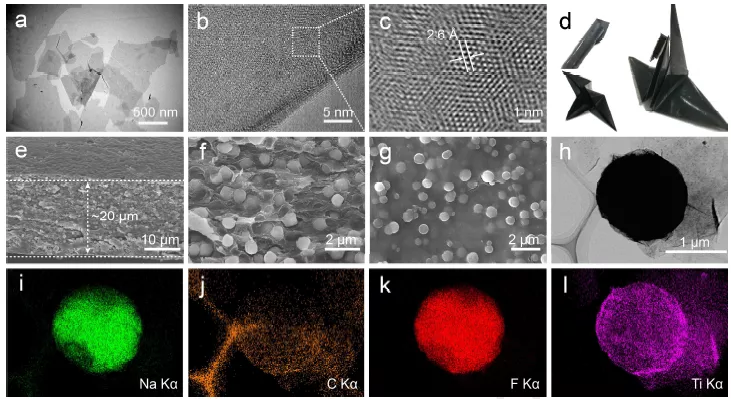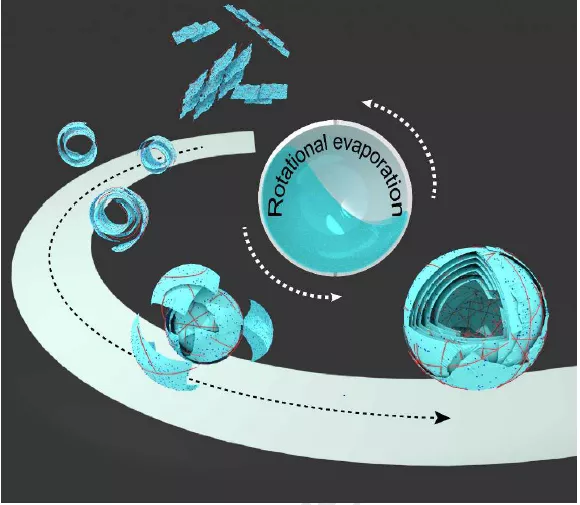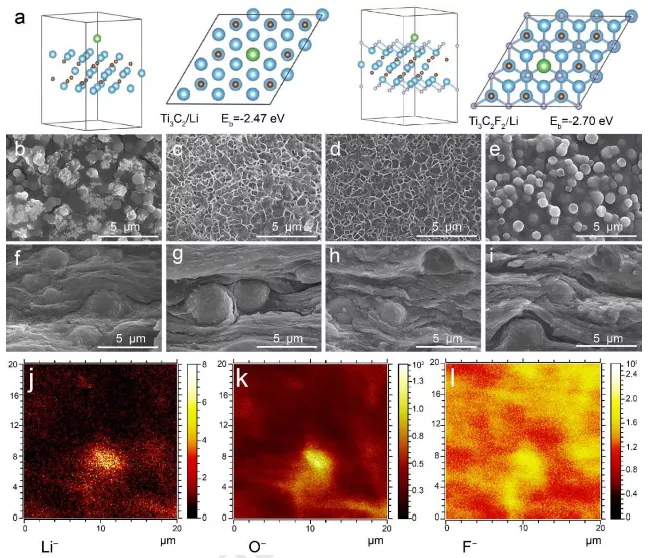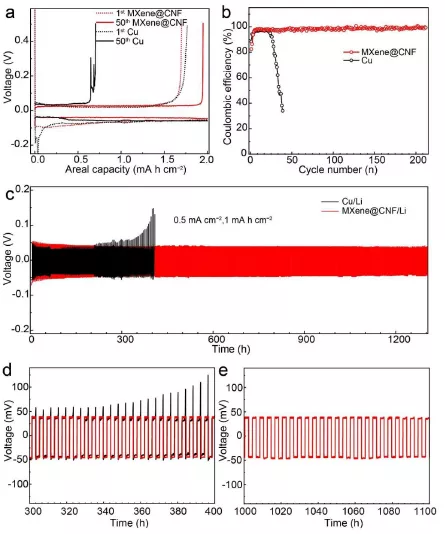Nano Energy: Topology design of MXene film helps high-performance lithium batteries
QQ Academic Group: 1092348845
Detailed
Electrochemical energy storage systems are essential for wearable electronic devices and health monitors due to their good flexibility, high energy density and high safety / reliability. Among many materials, lithium metal batteries (LMBs) show broad application prospects with high theoretical energy density. However, several problems hindered its practical application. First, uncontrolled growth of lithium dendrites during electrodeposition may cause internal short circuits in the battery, posing a serious safety hazard. Second, due to its poor mechanical properties, lithium‘s high viscosity characteristics and immature processing technology, the thickness is difficult to be less than 30 μm . Third, huge changes in volume may form porous Li , causing pulverization, etc., reducing the cycle life.
Achievements
Recently, Huazhong Agricultural University of Guo Zai Ping Professor and Professor Cao Fei Fei Huazhong Agricultural University and Ye Huan research associate at the top international journal Nano Energy published titled " Topological Design of ultrastrong MXene Paper Hosted Li the Enables Ultrathin and Fully flexible Lithium Metal Batteries " of paper. A simple rotary evaporation technique is reported . The topological structure of Ti 3 C 2 T x MXene thin film is designed by mixing a small amount of cellulose nanofibers (CNF) as a Li substrate . The interlocking microtopology between MXene nanosheets and CNF-assisted microspheres greatly improves the mechanical strength and flexibility of MXene @ CNF film. More importantly, MXene nanosheets with abundant Li nucleation sites show good affinity for Li. The fabricated flexible, ultra-thin (~ 25 μm) and self-supporting MXene @ CNF composite anode has no disordered lithium dendrites, and exhibits good cycle stability and high lithium capacity. The obtained hybrid lithium negative electrode is matched with the flexible self-supporting LiFePO 4 / cellulose nanofiber positive electrode, and fully flexible LMBs with high specific capacity and excellent stability are constructed.

Figure 1 Schematic diagram of the preparation of MXene @ CNF film.

Figure 2 The morphology of the MXene @ CNF film.

Figure 3 The formation mechanism of MXene microspheres.

Figure 4 Lithium deposition of MXene @ CNF thin film.

FIG . 5 MXene @ CNF of Li plating / stripping electrochemical performance.

Figure 6 Charge and discharge stability of MXene @ CNF / Li || LFP @ CNF full battery.
in conclusion
In summary, the topology of ultra-thin, flexible and self-supporting Ti 3 C 2 T x MXene / cellulose nanofiber composite paper is designed . The interlocking microtopology between MXene nanosheets and CNF- assisted microspheres greatly improves the mechanical strength and flexibility of MXene @ CNF film. MXene @ CNF composite anode lithium dendrites no clutter, show emerged in . 1 mA cm & lt -2 cycles at 250 times coulombic efficiency and stable 0.5 mA cm & lt -2 cycles at 1300 h excellent stability. This work provides a simple, large-scale method for the preparation of functionalized MXene thin films, and also broadens the scope of application in the field of flexible energy storage.
Original link:
https://www.sciencedirect.com/science/article/abs/pii/S2211285520303748
Source:
- Previous: Professor Yury Gogotsi
- Next: MXene breakthrough: Na


 mxene academic
mxene academic
